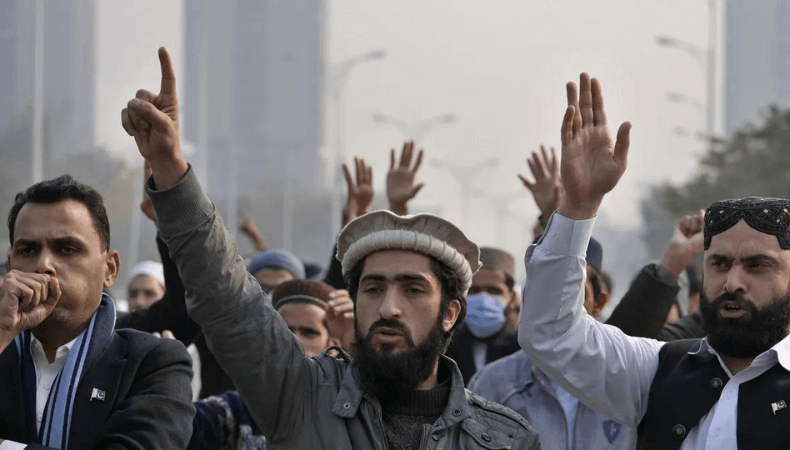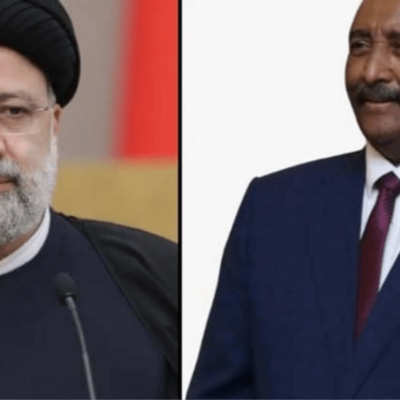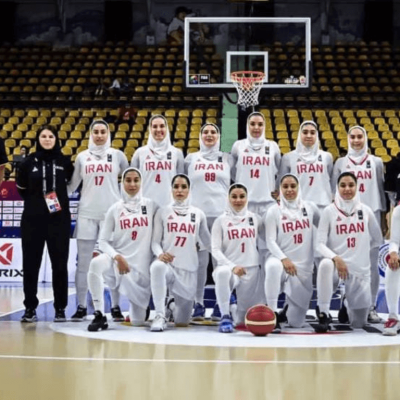Pakistan’s Retaliatory Strikes in Iran: Unraveling the Cross-Border Conflict

In a dramatic escalation of tensions, Pakistan conducted retaliatory strikes on alleged “terrorist hideouts” inside Iran, following Tehran’s attack against purported militants within its territory. The incident, marked by precision military operations, has ignited a complex geopolitical scenario, demanding meticulous analysis.
Background: A Volatile Region
The cross-border attacks, described as the most significant in recent years, unfold against the backdrop of escalating concerns about instability in the Middle East. The ongoing conflict between Israel and Hamas has heightened tensions, creating a precarious environment for neighboring nations.
Iran’s Perspective: Targeting Militants or Provoking Conflict?
Iran’s Foreign Minister, Hossein Amir-Abdollahian, confirmed Tehran’s strikes inside Pakistan, emphasizing their focus on militants from the Jash Al-Adil group. According to Iran, this ethnic militant group operates along the shared border, conducting attacks against the powerful Revolutionary Guard Corps. Tehran’s claims set the stage for a complex narrative, where accusations and counter-accusations fuel the conflict.
Pakistan’s Response: Precision Strikes and Justification
The Pakistani foreign ministry, represented by spokesperson Mumtaz Zahra Baloch, characterized the retaliatory strikes as “highly coordinated and specifically targeted precision military operations.” Code-named ‘Marg Bar Sarmachar’ (Death to Guerrillas), the strikes aimed at alleged terrorist hideouts in Sistan-Baluchestan province of Iran.
The term “sarmachar” refers to guerrillas in the local Baloch language, indicating a connection to militants operating in the cross-border region, encompassing Pakistan’s Balochistan province and Iran’s Sistan and Baluchestan province. Both regions have a history of facing a low-level insurgency by Baloch separatists.
Military Details: Tools and Targets
The Pakistan army disclosed the use of various military assets, including killer drones, rockets, loitering munitions, and stand-off weapons, emphasizing “maximum care” to avoid collateral damage. The military’s targets were reportedly hideouts of the Balochistan Liberation Army (BLA) and Balochistan Liberation Front, separatist groups known for leading a low-level insurgency against Pakistan.
Casualties and Diplomatic Fallout
Casualty figures reported by Iran’s Mehr news agency include three women, four children, and two men near the town of Saravan along the border in Sistan-Baluchestan province. Notably, the BLA, fighting for independence from Pakistan since 2000, confirmed the strikes targeted and killed its members, issuing a strong warning of retaliation.
The diplomatic fallout is significant, with Pakistan recalling its ambassador from Iran and blocking Tehran’s envoy from returning. The situation is further complicated by Iran’s condemnation of Pakistan’s strikes and the summoning of Pakistan’s senior diplomat in Tehran for an explanation.
Keep Reading
International Implications and Regional Dynamics
The cross-border conflict adds strain to an already complex geopolitical landscape, with international players closely monitoring developments. Accusations of harboring militants, historical tensions, and the potential for further escalation create a volatile situation that demands careful observation.
In conclusion, the retaliatory strikes between Pakistan and Iran unfold as a critical chapter in the ongoing regional conflict. As the situation evolves, the intricate geopolitical dynamics and the potential for broader consequences underscore the need for continuous analysis and international engagement.






